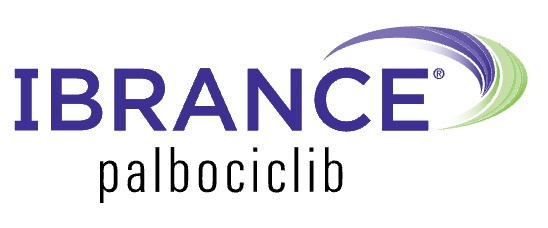Introduction:
Sickle cell disease (SCD) is a genetic disorder affecting hemoglobin, the protein responsible for carrying oxygen in red blood cells. This condition leads to misshapen red blood cells, causing reduced blood flow and chronic anemia. Hydroxyurea, a chemotherapy medication, has revolutionized the treatment of SCD, significantly enhancing patients’ quality of life and mitigating complications.
SCD is characterized by abnormal hemoglobin, resulting in rigid, crescent-shaped red blood cells and various complications like pain crises, organ damage, and anemia. Although no cure exists for SCD, advancements in treatment have led to improved symptom management and enhanced patient well-being. Hydroxyurea stands out as a promising medication for reducing the frequency and severity of SCD-related complications.
Understanding Sickle Cell Disease:
Before discussing the role of hydroxyurea in treating SCD, it’s crucial to grasp the nature of the disease. SCD impacts millions globally, predominantly affecting individuals of African heritage, although it can manifest in people of any racial background. The defining feature of SCD is the presence of hemoglobin S (HbS), which alters the shape of red blood cells, causing them to become adhesive and obstruct blood vessels, resulting in decreased oxygen supply to tissues.
About Hydroxyurea:
Hydroxyurea, a medication utilized in the treatment of sickle cell disease since the 1980s, received FDA approval for adult patients in 1998 and for pediatric patients in 2017. While also employed in cancer treatment, the dosage for sickle cell disease differs from that used for cancer therapy.
Role of Hydroxyurea:
Hydroxyurea functions by boosting the synthesis of fetal hemoglobin (HbF), a type of hemoglobin naturally found in newborns but decreases as they grow older. Unlike adult hemoglobin (HbA), HbF does not undergo polymerization, thus averting the sickle-shaped deformation of red blood cells. Additionally, hydroxyurea enhances the overall hemoglobin levels in the body, thereby aiding in the prevention of anemia.
Benefits of Hydroxyurea Treatment:
Hydroxyurea has been proven effective in reducing pain crises, hospitalizations, and blood transfusions in SCD patients. It improves overall survival and lowers the risk of complications like stroke and acute chest syndrome. Generally well-tolerated, common side effects include mild and reversible symptoms such as nausea, fatigue, and hair loss. Additionally, hydroxyurea reduces the need for blood transfusions and hospitalizations while minimizing the risk of stroke, infection, and acute chest syndrome.
Who Can Consume Hydroxyurea?
Hydroxyurea is recommended for individuals with various forms of sickle cell disease, including type SS or type sickle beta zero (Sβ0) thalassemia. It has been proven effective in managing symptoms for these specific types. However, for individuals with sickle cell disease type SC or type sickle beta plus (Sβ+) thalassemia, the benefits of hydroxyurea may vary.
While it can still be beneficial, there is less research available on its effectiveness for these types of sickle cell disease. If you’re unsure about your specific type of sickle cell disease or how hydroxyurea could help you, consult your doctor for personalized guidance.
Side Effects and Safety
Hydroxyurea has a limited side-effect profile, with the most common being mild nausea, vomiting, and headache. The drug is generally safe, and studies have shown that the risks of hydroxyurea are acceptable compared to the risks of untreated SCD.
Conclusion
While hydroxyurea has significantly enhanced the lives of individuals with SCD by enhancing their well-being and minimizing complications, its utilization remains limited. There is a pressing need to raise awareness and ensure broader access to hydroxyurea among SCD patients. To check availability of Hydroxyurea in India(the generic version), interested individuals can contact the Patient Support Team at (+91) 9315705373 or via email at help@sansfro.com.



